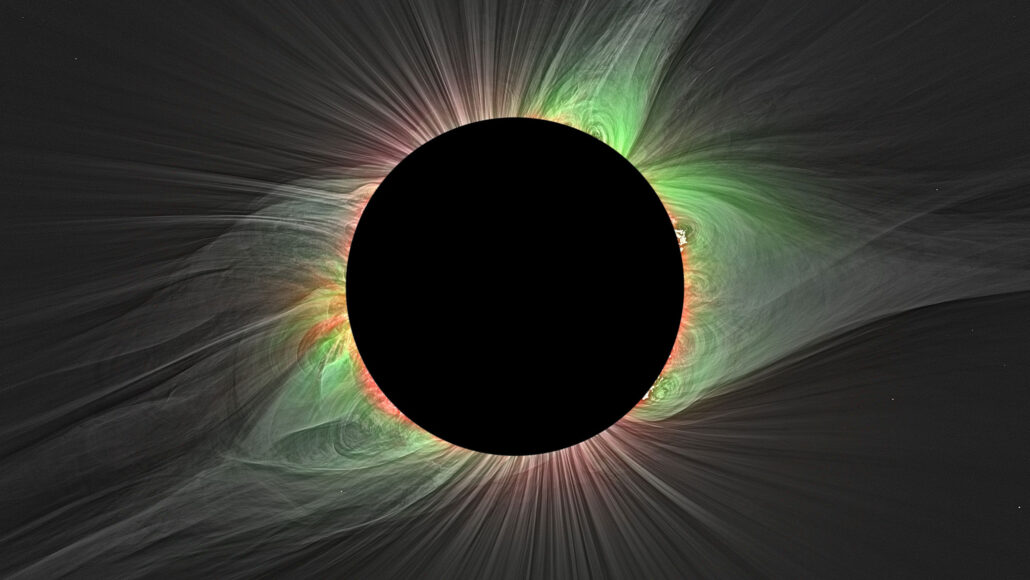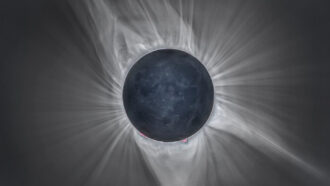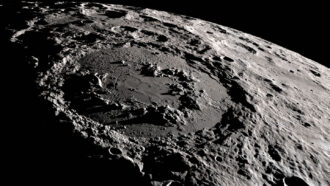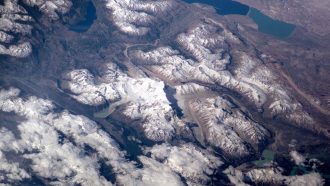
Earth
Get ready for the 2024 total solar eclipse
A total solar eclipse will race across North America on April 8, 2024, providing a rare opportunity for both scientists and casual observers.
Come explore with us!

A total solar eclipse will race across North America on April 8, 2024, providing a rare opportunity for both scientists and casual observers.

The sun will be near the peak of its activity cycle during the eclipse on April 8, 2024. That will make it a great time to crowdsource solar research.

But should moon time be like Earth time — or quite different? At issue: The moon’s lesser gravity will make seconds there tick faster than on Earth.

Equinoxes and solstices mark the maximums, minimums and mediums of hours spent in daylight.

A pole is either of two opposite ends of a molecule, magnet, battery, planet or other object.

Volcanic eruptions billions of years ago may have produced several temporary atmospheres on the moon that held water vapor.

Eyelash-like radio filaments accent the brightest feature in this image — a supermassive black hole.

In a dozen years or so, the tide-enhancing effects of a wobble in the moon’s orbit should lead to dramatically higher sea levels in some coastal cities.

This mid-1990s shift in the pole’s movement was driven by glacial melt. And that was triggered in part by climate change, a new study reports.

These sodium atoms are part of the debris kicked up from the moon’s surface, mostly by micrometeorites, two new studies conclude.